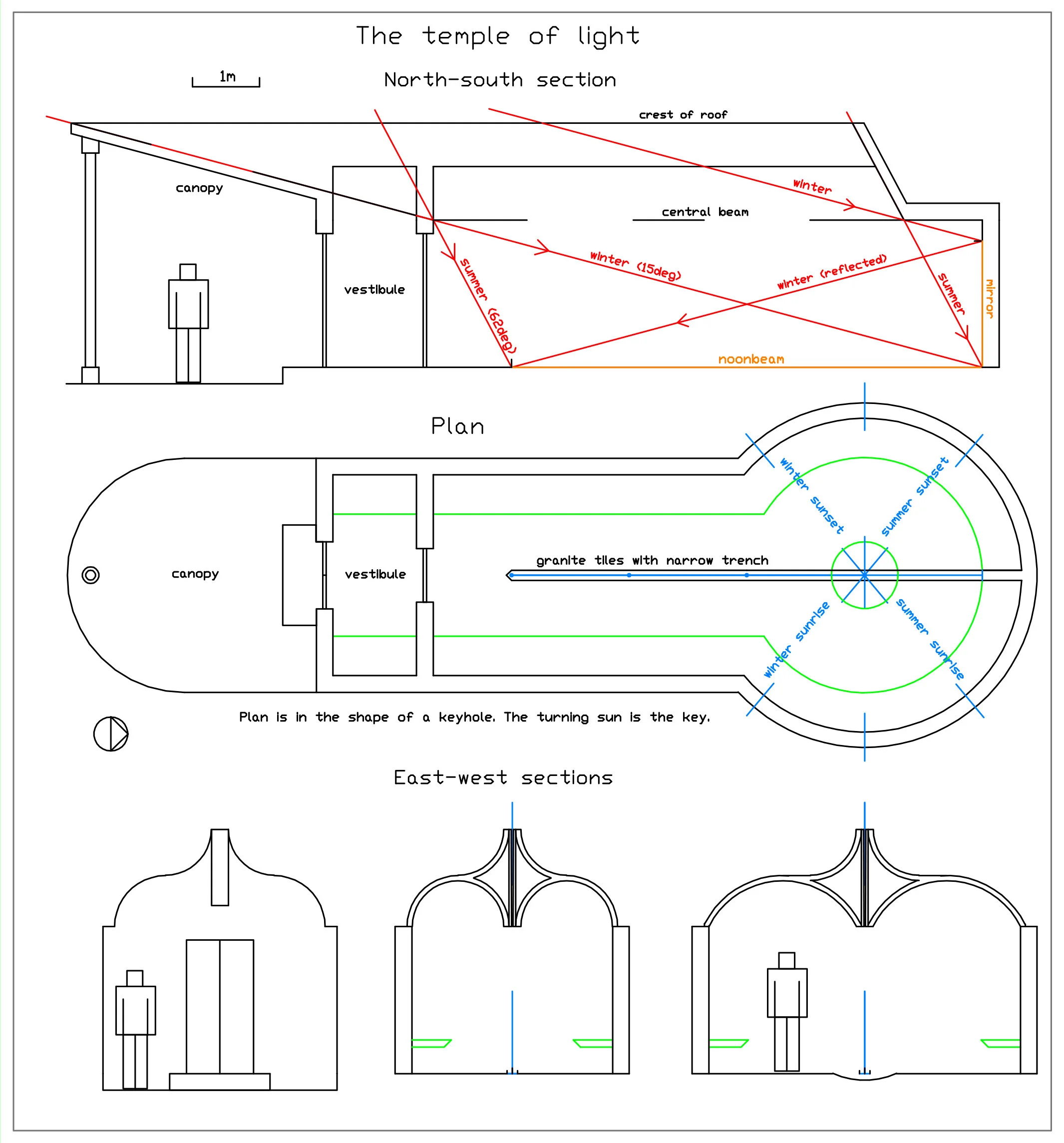“Unlike Shangri La, the combe isn’t far away or guarded by high passes: it is tantalisingly nearby. Like all good retreats, it resists the passage of time. I imagined it populated by symbols of this resistance: gnarled trees, foxed and fragrant books, candlelight and carved stone. Inspiration is never lacking there.
“It isn’t, of course, a real place. Or is it?”
Thomas Maloney, In Search of a Sacred Combe




